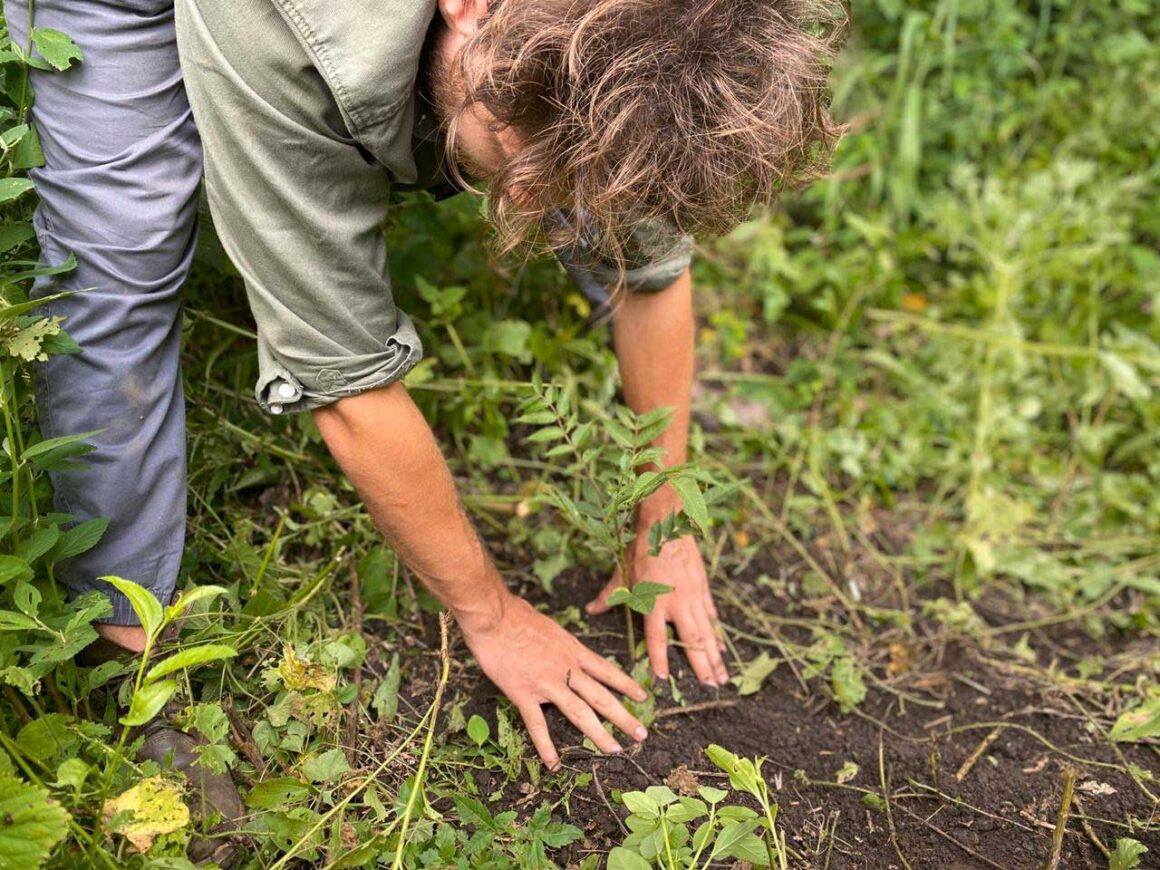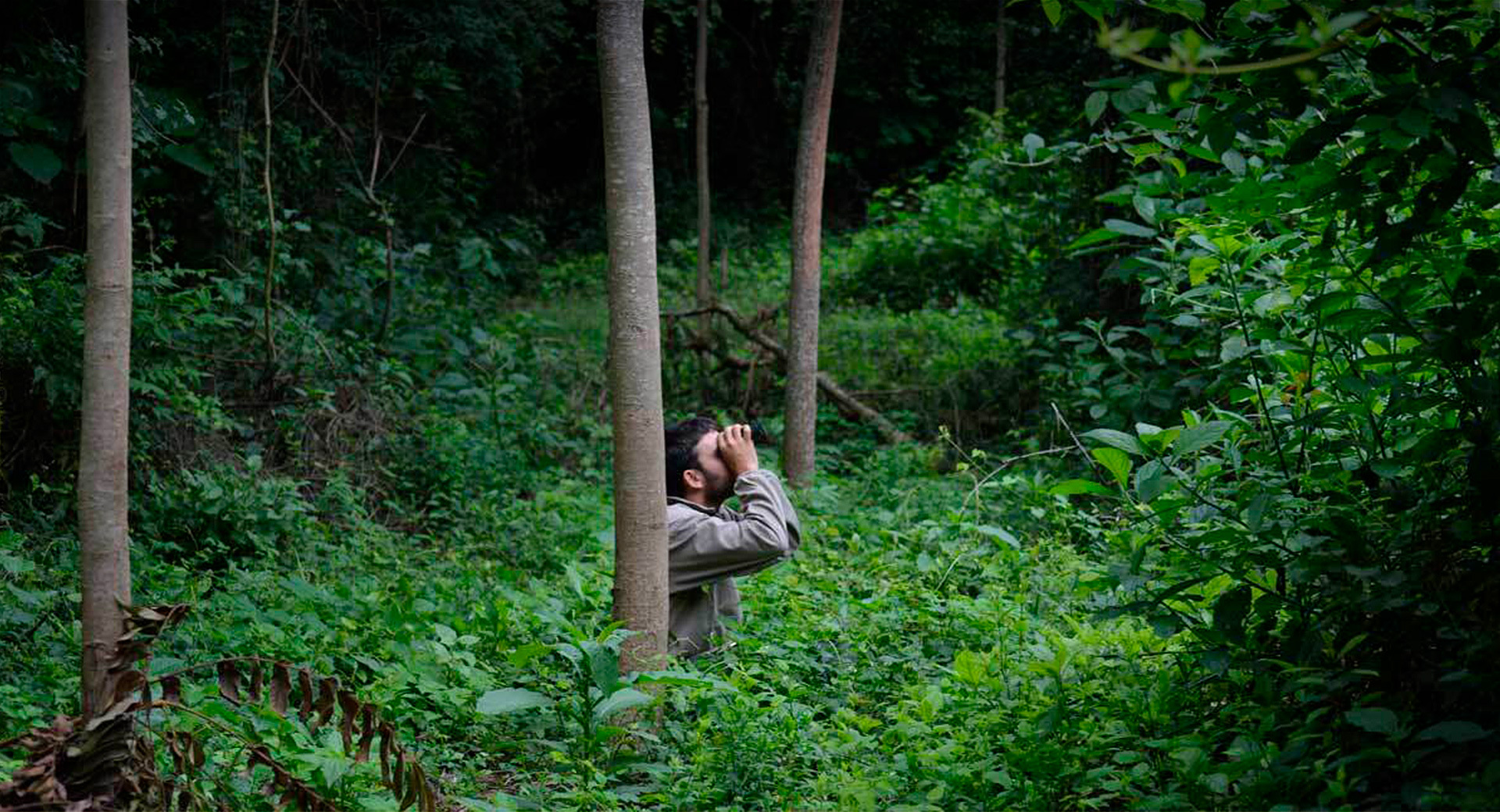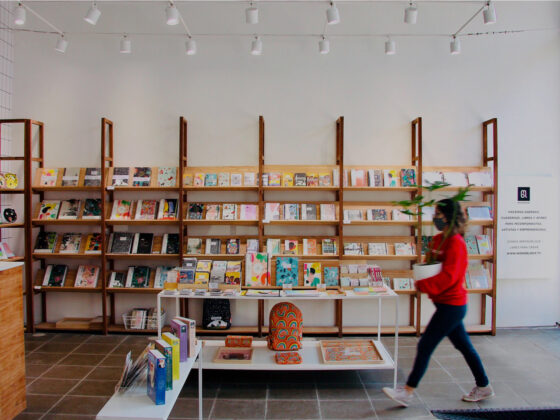Our journey to carbon neutrality begins in 2020, within our small but passionate team that knows that fighting global warming requires immediate action. Yes, we have work to do and we have to do it now.
We are committed that our actions as a company reflect the message of love, freedom and creativity that has accompanied us since our foundation. Reconsidering the way we work and produce is another step in that direction.
• What is the carbon footprint?
It is the impact that a company, a person or an event leaves on the atmosphere. To measure it, the Greenhouse Gases (GHG) – responsible for climate change – that are generated directly and indirectly by the activity of that company, person or event are accounted for.

• What does it mean to be carbon neutral?
Carbon neutrality is achieved when we offset the same amount of CO2 equivalent to that which was emitted. Compensation is made possible by collaborating with projects whose mission is to reduce GHG emissions, such as those related to renewable energies, soil care and reforestation.
We are super happy to have the specialists from Seamos Bosques by our side, who are in charge of measuring and offsetting our carbon footprint through the planting of native trees in the Yungas Tucumanas area.
How does the proccess work?
- The Seamos CO2 Neutral program measures our carbon emissions following the Greenhouse Gas Protocol (GHG Protocol), the most widely used international tool for calculating emissions.
- Based on the previous measurement, the number of trees that need to be planted to offset our carbon footprint is calculated.
- Having already analyzed the land to be reforested, native seeds from the same forest are used to germinate seedlings of the selected species, such as Lapacho, Tipa, Cedro Rosado and Pacará.
- When they are big enough, the land is prepared and the seedlings are planted in the field.
Each tree that is planted is geolocated and monitored by Seamos Bosques for 20 years to make sure they reach adulthood.
Each tree must be fully grown in order to meet the objective of absorbing or “sequestering” the calculated CO2 from the atmosphere. In addition, once the trees are grown a microclimate is generated, which allows the appearance of other plant species, lianas, animals, fungi and lichens. In this way, the forest recovers its healthy appearance, its structure and its function, definitively restoring the forest ecosystem that was degraded or destroyed.
We spoke with Nadia Mengucci, master in law and economics of climate change, specialist in carbon footprint and coordinator of the Seamos CO2 Neutral program, to tell us a little more about this triple impact organization.
• What parameters are taken into account to calculate Monoblock’s emissions?
To carry out Greenhouse Gas inventories, we apply the Global GHG Protocol (GHG Protocol), the most widely used corporate tool for this type of accounting worldwide.
According to this protocol, inventories are divided into 3 ranges: direct emissions from sources that the company has or controls, indirect emissions from the purchase of electricity, heating, etc. and other indirect emissions corresponding to the company’s production chain. For Monoblock we are going to take into account the emissions of these 3 ranges, although it is only mandatory to count the emissions of 1 and 2.
• What other actions are carried out in Seamos Bosques?
Seamos Bosques carries out 3 programs in the Yungas Tucumanas area:
Forest Restoration: We regenerate the upper canopy of the jungle through restoration techniques adapted to the local situation with the triple purpose of recovering the structure and functionality of the original native forest, sequestering carbon from the atmosphere and generating local work.
Biodiversity: Currently in the Yungas ecoregion we are conserving flora, fauna and fungi on 5,650 hectares. We know that we generate an impact on the ecosystem by intervening and planting trees: it is important, then, to monitor the effect of our intervention on the ecosystem, to ensure that the impact is positive. Our work axis is “To know is to value”.
Community: We actively seek to generate social and economic development for the local population. We offer local and formal work, and we get involved with nearby schools to promote care for the environment and knowledge of native fauna and flora.
We can support these 3 programs thanks to the contributions of the people and companies that hire our carbon footprint measurement and compensation service.
• What goals do you have for the next few years?
We want to show that our business model works and that forest restoration can be profitable in order to be able to replicate it in other parts of the country where it is necessary to regenerate our native ecosystems.
+60.000
trees planted
+53.000
CO2 tons offseted
+20
years reforesting


